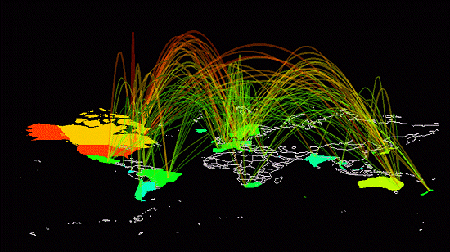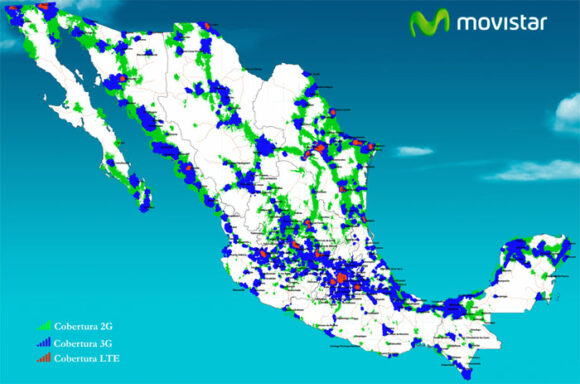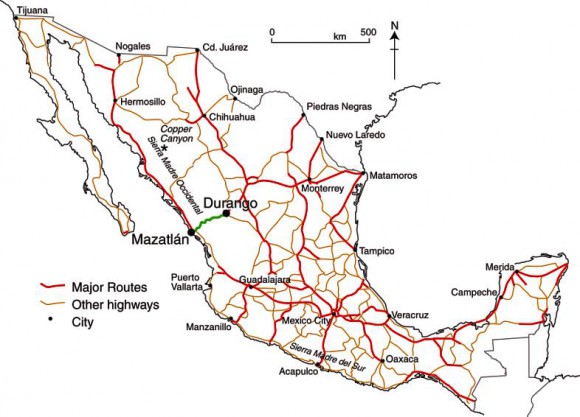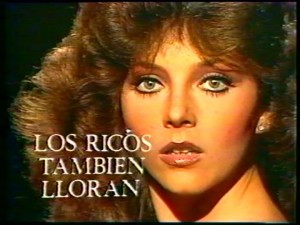ITESM, a university based in Monterrey, established Mexico’s first internet connection in 1989. Other universities soon followed. In the late 1990s Telmex started to provide internet service to businesses and the general public. Other providers entered the market but by 2005 Telmex still had about 80% of the market.
Public access via internet cafes is relatively inexpensive. With computers in many schools and cyber cafes in most Mexican towns, about 21% of Mexicans used the internet in 2007. This is relatively low compared to 94% in South Korea, 73% in Canada and the USA, 27% in Peru, 35% in Brazil and 26% in Argentina. Though Mexico is ahead of China (16%), Guatemala (10%) and India and Nigeria (7%), it is still lagging in internet use relative to its overall level of development.
An impressive three-quarters of Mexico’s personal computer internet connections are broadband. Internet use is highest in urban centers but is making steady inroads into rural areas. The highest usage is among 12- to 18-year-olds, with slightly more male users than female. However, less than a third of those in this group use the internet. Just under half of internet use is in the home, the rest is in schools, offices, public centers or cybercafes. About 44% of all users visit the internet for educational purposes, 40% for e-mail, 35% for general information, and 21% for online telephoning (VOIP). The internet is having an enormous impact on Mexican society.

Internet traffic flows Credit: Stephen Eick, Bell Labs / Visual Insights (www.visualinsights.com)
The digital divide
Overall, just how well does Mexico do in terms of the digital divide? The Digital Access Index (DAI) is a compound index assessing the level of information and communications technologies (ICTs) that a country possesses. The DAI combines variables measuring infrastructure, affordability, literacy and educational level, the availability of broadband, international internet bandwidth per person and internet usage. Sweden placed highest in 2002 with a score of 0.85 out of a maximum possible score of 1.0. Canada and the USA were in equal 10th place.
Mexico (index: 0.50) placed a lowly 65th of the 180 countries in the rankings, level with Brazil but well ahead of China (0.43). Though digital communications in Mexico are expanding rapidly, Mexico lags behind rival countries in these important technologies. This could possibly hamper Mexico’s future ability to compete economically in the increasingly flat world of free trade.
There are some encouraging signs, though, that Mexico is catching up. For example, data for 2008 show that it has become the country with the 8th highest number of internet hosts, the services which provide access to internet servers.
– – –
Want to know what it feels like on the wrong side of the Digital Divide? Try the ICTP Digital Divide Simulator!
The text of this post is an excerpt from chapter 18 of Geo-Mexico: the geography and dynamics of modern Mexico. Buy your copy today, and learn more about Mexico’s fascinating geography. The more knowledge you acquire, the more pleasure you will derive from your next trip to Mexico!





